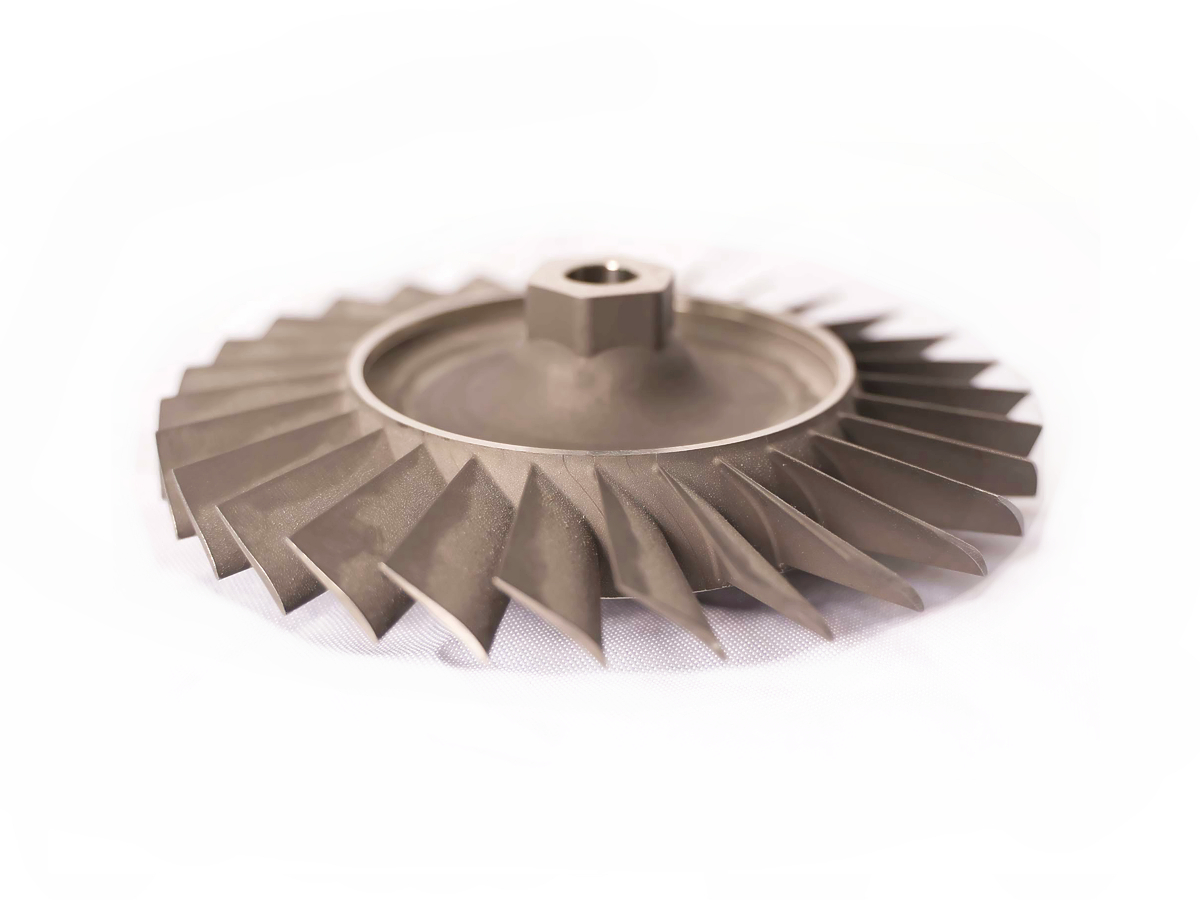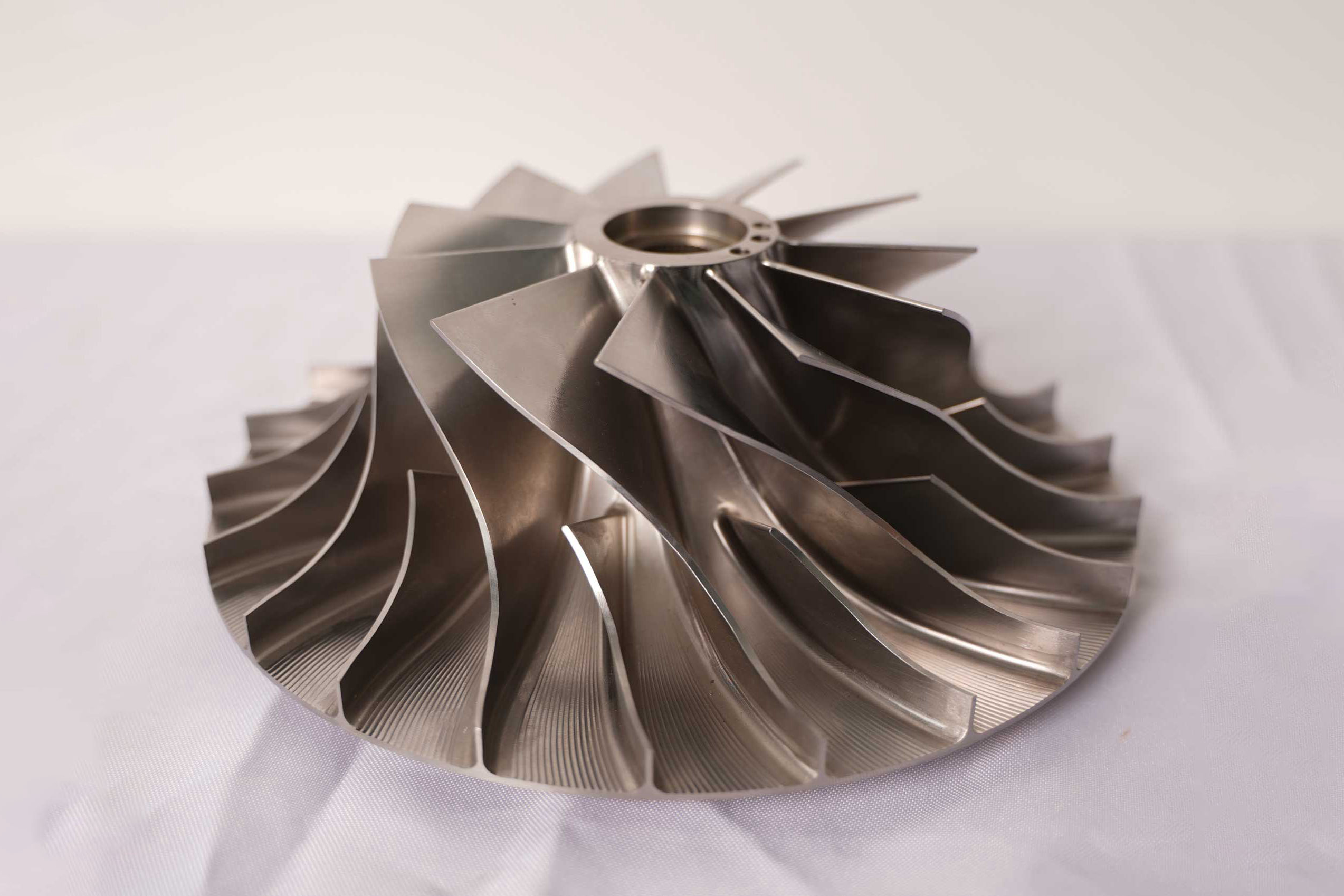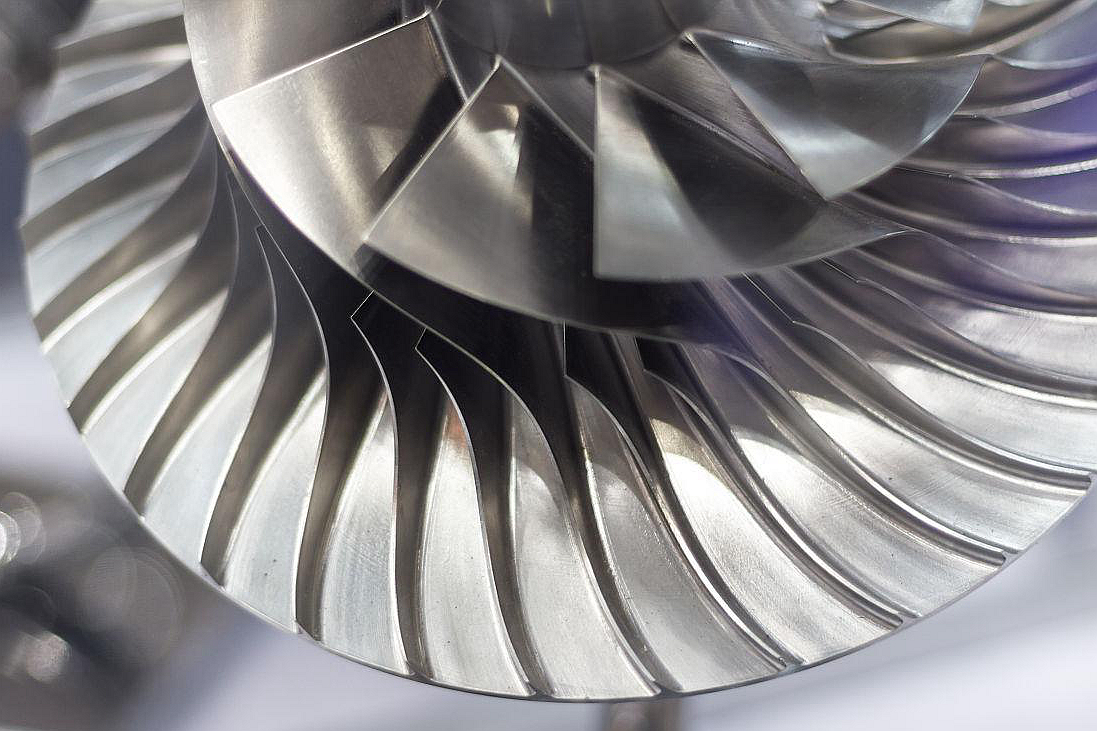Monel 404
Introduction to Monel 404
Monel 404 is a low-resistivity, nickel-copper alloy developed specifically for electrical and electronic applications where consistent conductivity, good corrosion resistance, and moderate strength are required. With a nominal composition of approximately 52% nickel and 48% copper, Monel 404 provides excellent performance in communication systems, marine electronics, and precision control devices.
Unlike other Monel grades, Monel 404 is optimized for low electrical resistance and ease of formability. It is often CNC machined in the annealed state to produce high-precision connectors, terminal pins, sensor housings, and other tight-tolerance components used in low-voltage or signal-sensitive environments.
Chemical, Physical, and Mechanical Properties of Monel 404
Monel 404 (UNS N04404 / ASTM B164) is a wrought nickel copper alloy designed to deliver electrical conductivity and corrosion resistance without magnetic interference. It is non-heat-treatable and is typically strengthened through cold working.
Chemical Composition (Typical)
Element | Composition Range (wt.%) | Key Role |
|---|---|---|
Nickel (Ni) | 52.0–57.0 | Base metal; provides corrosion resistance and ductility |
Copper (Cu) | 43.0–48.0 | Lowers resistivity and enhances seawater resistance |
Iron (Fe) | ≤0.5 | Maintained low for high conductivity and ductility |
Manganese (Mn) | ≤0.1 | Controlled to minimize residual magnetic response |
Silicon (Si) | ≤0.1 | Stabilizes electrical properties under thermal load |
Carbon (C) | ≤0.1 | Reduced to avoid grain boundary embrittlement |
Sulfur (S) | ≤0.024 | Minimized to prevent inclusions and surface cracking |
Physical Properties
Property | Value (Typical) | Test Standard/Condition |
|---|---|---|
Density | 8.89 g/cm³ | ASTM B311 |
Melting Range | 1240–1290°C | ASTM E1268 |
Thermal Conductivity | 23.0 W/m·K at 100°C | ASTM E1225 |
Electrical Resistivity | 0.33 µΩ·m at 20°C | ASTM B193 |
Magnetic Permeability | <1.01 (relative) | ASTM A342 |
Thermal Expansion | 13.8 µm/m·°C (20–300°C) | ASTM E228 |
Specific Heat Capacity | 420 J/kg·K at 20°C | ASTM E1269 |
Elastic Modulus | 176 GPa at 20°C | ASTM E111 |
Mechanical Properties (Annealed Condition)
Property | Value (Typical) | Test Standard |
|---|---|---|
Tensile Strength | 410–540 MPa | ASTM E8/E8M |
Yield Strength (0.2%) | 120–200 MPa | ASTM E8/E8M |
Elongation | ≥35% (25mm gauge) | ASTM E8/E8M |
Hardness | 110–150 HB | ASTM E10 |
Impact Toughness | Excellent at cryogenic temperatures | ASTM E23 |
Key Characteristics of Monel 404
Low Electrical Resistivity: With a resistivity of only 0.33 µΩ·m, it is ideal for electrical connectors and signal-transmitting components.
Corrosion Resistance: Performs well in marine, salt-spray, and mildly acidic environments, offering longevity in coastal or submerged systems.
Non-Magnetic: Stable performance in electromagnetic-sensitive equipment such as radar, sensors, and relay housings.
CNC Machinability: Capable of producing high-precision components with tight tolerances (±0.01 mm) and surface finishes below Ra 1.0 µm.
CNC Machining Challenges and Solutions for Monel 404
Machining Challenges
High Ductility and Adhesion
The alloy’s softness can lead to smearing and built-up edge (BUE) formation, especially at low feed rates or dull tooling.
Chip Control
Produces long, stringy chips during turning or drilling, requiring chip breakers and optimized tool geometry.
Tolerance Sensitivity
Used in precision electronics; parts must maintain consistent tolerances, especially in threaded or contact surfaces.
Optimized Machining Strategies
Tool Selection
Parameter | Recommendation | Rationale |
|---|---|---|
Tool Material | Fine-grain carbide or cobalt HSS | Maintains edge sharpness during long machining cycles |
Coating | TiN or TiCN (2–3 µm) | Minimizes galling and adhesive wear |
Geometry | Sharp rake with polished flutes | Enhances chip flow and surface quality |
Cutting Parameters (ISO 3685)
Operation | Speed (m/min) | Feed (mm/rev) | DOC (mm) | Coolant Pressure (bar) |
|---|---|---|---|---|
Roughing | 25–40 | 0.20–0.30 | 1.5–2.0 | 60–90 |
Finishing | 45–70 | 0.05–0.10 | 0.3–0.8 | 90–120 |
Surface Treatment for Machined Monel 404 Parts
Hot Isostatic Pressing (HIP)
HIP is rarely needed for Monel 404 but may be applied to improve density and surface uniformity for electronic-grade castings.
Heat Treatment
Heat Treatment typically includes annealing at 850–900°C followed by controlled air cooling to maintain electrical and mechanical consistency.
Superalloy Welding
Superalloy Welding allows Monel 404 parts to be joined with minimal magnetic or resistivity change using ERNiCu-7 filler.
Thermal Barrier Coating (TBC)
TBC Coating is not typically applied, but anti-corrosion or anti-static coatings can be used for electronics in humid conditions.
Electrical Discharge Machining (EDM)
EDM supports ultra-fine features in terminals, relays, and sockets with micro-tolerance control.
Deep Hole Drilling
Deep Hole Drilling is suitable for forming internal signal paths or cable channels in complex housing geometries.
Material Testing and Analysis
Material Testing includes electrical conductivity verification, permeability testing (ASTM A342), tensile testing, and surface quality analysis.
Industry Applications of Monel 404 Components
Electronics and Communications
Relay housings, electrical connectors, coaxial contacts, and waveguide shields.
Reliable performance in low-voltage, signal-transmission, and EMI-sensitive circuits.
Marine Electronics
Saltwater connectors, underwater instrumentation, and sonar control housings.
Excellent salt spray and seawater resistance with low maintenance.
Instrumentation
Precision terminals, thermocouple cases, and magnetic shielding components.
Suitable for analytical and control devices operating under variable temperatures.
Aerospace Systems
EMI enclosures, lightweight electrical fittings, and cryogenic controls.
Maintains conductivity and dimensional integrity across thermal cycling.
FAQs
What makes Monel 404 more suitable than Monel 400 for electrical applications?
How do you maintain dimensional tolerances when CNC machining Monel 404 parts?
Can Monel 404 be used in saltwater-exposed connectors or relays?
What EDM capabilities are available to produce micro features in Monel 404?
How is the electrical resistivity of Monel 404 validated after machining?



